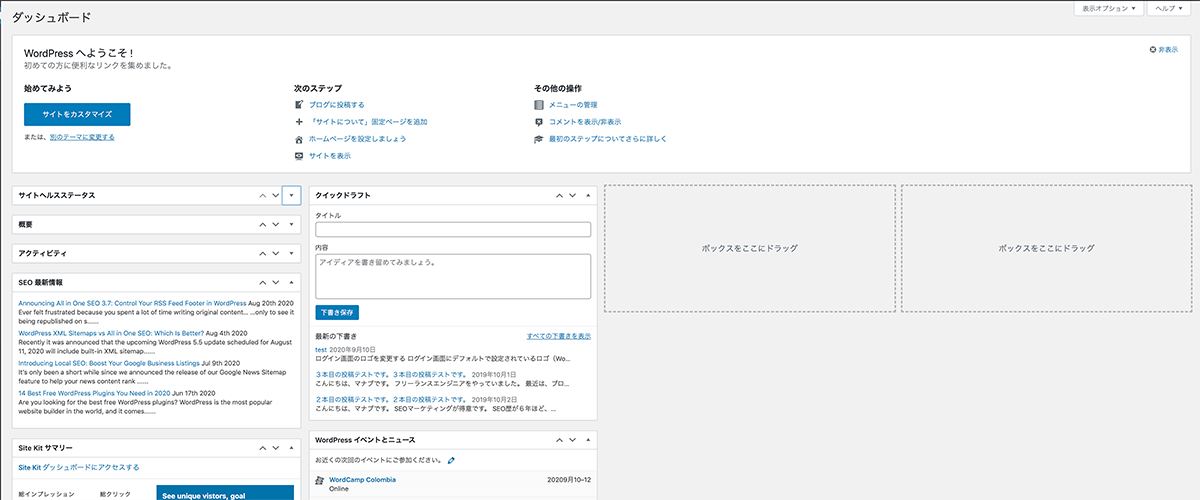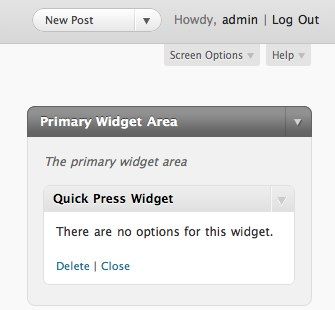

This includes merging all the news widgets, rethinking QuickPress, making it all responsive. Dave Martin - illustrious project lead for “Dash” - who ran the survey, initially sketched out all the ideas we’ve been working on in part based on that very feedback. Very! In order to redesign something, you must first thoroughly understand how people use it, so as such it was tremendously useful. Were the results of the wp-admin dashboard questionnaire useful to you in creating the mockups? You may already know him as the designer of Twenty Thirteen, the default theme for WordPress 3.6 In his spare time, he likes to jump in and help out with core improvements. By day, Asmussen is a designer at Automattic for the Data team and also works in other areas of. I had the chance to chat with Joen Asmussen, who provided a look behind the scenes at the process for creating the mockups. Q&A with WordPress Designer Joen Asmussen Header text will experiment with rotating through different languages/idioms.Activity section combines scheduled posts and comments.Quick Draft will be a place for drafts, not complete posts.You’ll notice a few distinct changes from the current admin screen: After several iterations, the results are looking pretty tight:Īlthough everything is not yet set in stone, the mockup should give you a good idea of how things are shaping up. Joen Asmussen jumped in to help by submitting mockups based on the team’s ideas. It’s part of the new “features as plugins” style of core development that allows teams more flexibility to experiment with new features. The project, led by Dave Martin, goes by the name of “DASH” on. Hold on to your hats, folks, things are about to get exciting in the WordPress admin.Ī talented group of WordPress designers and developers are redesigning the wp-admin screen. More than likely you’re quickly clicking through to where you need to go, expecting the same old screen you see on every site. Note that this does not actually remove the functionality, but simply hides the navigation element via CSS.If you use WordPress every day, you may not take much notice of the wp-admin screen anymore.
Wordpress quickpress how to#
Here I’ll show you how to hide any primary sidebar navigation item. Not all of my clients want to manage a blog, or therefore comments, and even fewer want to manage a list of links outside of the Page functionality.


Unset($wp_meta_boxes) // Removes the WordPress Blog UpdatesĪdd_action('wp_dashboard_setup', 'remove_dashboard_widgets' ) Unset($wp_meta_boxes) // Removes the WordPress Developer Blog Unset($wp_meta_boxes) // Removes Recent Comments Unset($wp_meta_boxes) // Removes Recent Drafts Unset($wp_meta_boxes) // Removes Right Now Unset($wp_meta_boxes) // Removes QuickPress
Wordpress quickpress code#
I’ve made some notes in the code below, just delete any lines for widgets that you wan’t to keep. Just add the following code to your functions.php file, somewhere between the tags. Removing Dashboard widgets is a pretty easy task. Many of my sites are too complicated to utilize features like Quick Press (as I often have lots of custom fields that are required to get a post looking and functioning correctly). Most of my clients could care less about updates from the WordPress developer’s blog. This little tutorial will walk you through a few easy steps on how to hide or disable various features in the backend.Įverything we’ll discuss here today goes into your functions.php file. That said, WordPress comes packed with a lot of features that most of my clients don’t use, or some just don’t need on a per client basis. The control and flexibility it provides means they save cash updating their sites, and I save time (and therefore, more cash for the client) building the websites thanks to built in features like search and the flexibility of plugins. I use WordPress as a Content Management System, ie. How to Remove Posts, Dashboard Widgets and other Elements of the WordPress Administrative Backend Ap7:52am


 0 kommentar(er)
0 kommentar(er)
